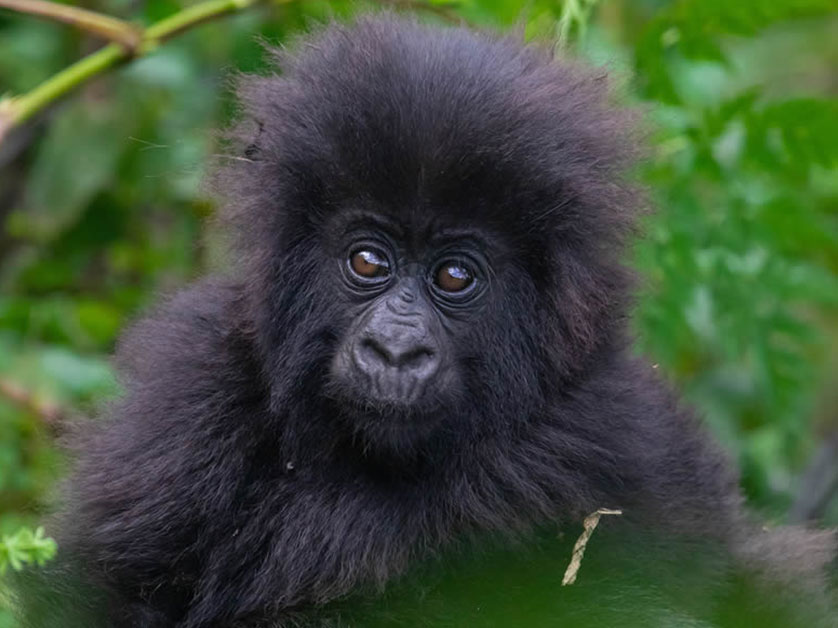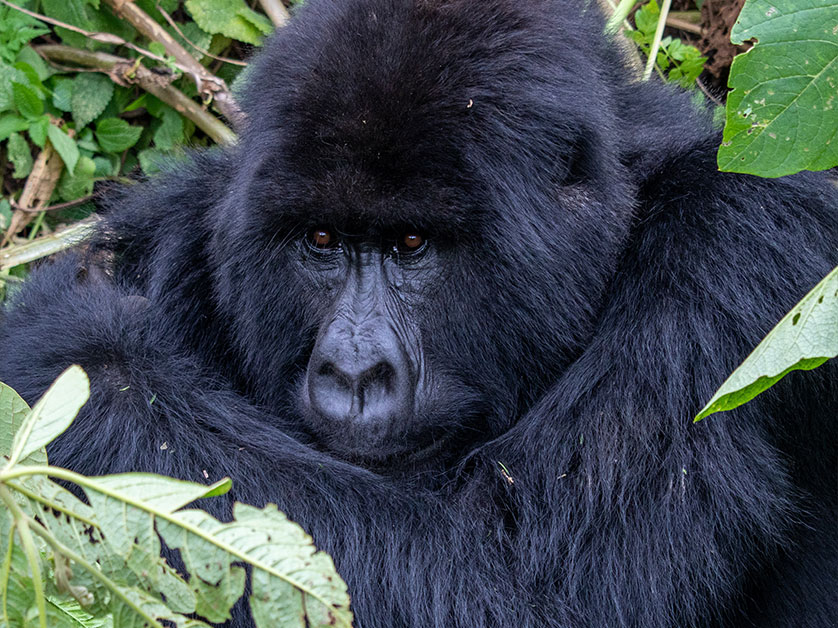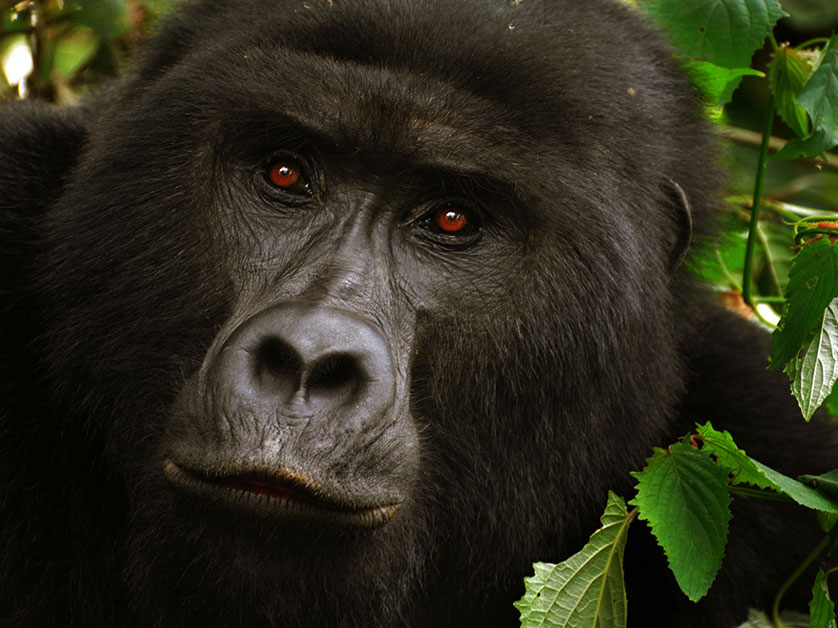Gorilla trekking is the main attraction in Bwindi since 1993 when they were habituated here and generate a lot of revenue for the country. The gorilla population is approximately 400, half of the worlds and more than 100 are habituated. A permit to track the gorillas has to be obtained before gorilla trekking. In Bwindi 12 habituated gorilla families are open to tourism in the four different sectors of the park (Nkuringo, Buhoma, Rushaga, Ruhija).

Here are Gorilla Trekking areas in Bwindi Impenetrable National Park.
Rushaga Area
- Nshongi group- Biggest group with 25 members
- Mishaya group – 10 members split from the Nshongi group
- Busingye group
- Bweeza group
- Kahungye group
Buhoma Area
- Mubare group – Named after Mubare Hills. The very first habituated group in 1991. Received first gorilla trekking visitors in 1993. 16 gorillas and 1 Silverback
- Habinyanja group – Habituated in 1997. First visitors in 1999. 23 gorillas, 2 silver backs.
- Rushegura group – Habituated in 2000 and received first tourists in 2002. Split from Habinyanja group. 9 gorillas and 1 silverback.
Nkuringo Area
- Nkuringo group – Habituated in 2004. 20 gorillas and 2 silverbacks.
Ruhija Region
- Bitukura group – Habituated in 2008
- Oruzogo group – Habituated in 2011
Permits are sold for each of these mountain gorilla groups at Uganda Wildlife Head Quarters in Kampala. Book 3 months in advance to be sure the requested dates are available. The high months for gorilla trekking are January, February, June, July, August, September and December. The low months are April, May, October and November. Gorillas can be tracked any time of the year but note that drier seasons are better as during wet season some access roads are hard to travel through as trails are wet, slippery and misty.more so visitors are advised to pack their lunch, wear hiking shores and have to be physically fit so as to track mountain gorilla families; it’s further encouraged to keep the clean by not throwing dirt in the park.

